Als das Weingut Müller-Catoir Mitte der 90er drei Hektar Reben im Haardter Bürgergarten gekauft hatte und die Aussicht lockte, dass den bis dato überirdischen nun astralische Weine folgen würden, prophezeite Stuart: „Scharen von Privatkunden könnten sich im Morgengrauen des Tages, wenn der Wein in den Verkauf kommt, vor dem beeindruckenden blaugrünen Tor des Weingutes drängen, in der Hoffnung, sich so wenigstens eine einzige Flasche zu sichern.“ (Stuart Pigott, Die führenden Winzer und Spitzenweine Deutschlands. Econ Verlag, Düsseldorf 1997.) So ist es nicht gekommen. Oder eigentlich doch: Die Weine wurden noch mal eklatant besser. Aber niemand drängte am Hoftor, flehte um Zuteilung. Nach einem letzten Höhepunkt, dem Jahrgang 2001, verließ Kellermeister-Legende Hans-Günther Schwarz das Weingut – nicht ganz im Frieden, das machte es seinem Nachfolger doppelt schwer.
Heute spricht niemand in die Weinszene mehr über die Weine von Müller-Catoir. Und wenn, dann nur in der Vergangenheitsform. Das ist ungerecht. Aber gut für mich. Denn ich muss nicht mit Entleibung drohen, um Wein zu bekommen. Ich kaufe sie ganz bequem im Online-Shop. Und zu fairen Preisen. Sollen die anderen doch ihrem mineralischen Extremismus frönen oder sich an überholztem Riesling aufgeilen. Ich stehe auf die klassische Nummer: Frucht und Mineralität, Eleganz und Finesse, Sinnlichkeit und Sexyness. Das haben die Müller-Catoir-Weine von heute so reichlich wie früher. Nur, dass sich der Stil verändert hat. Die unter Schwarz zum Markenzeichen erhobene hoch expressive, die Sinne überfordernde Fruchtaromatik bei äußerster Brillanz und perfekter Balance ist unter seinem Nachfolger Martin Franzen einem ruhigeren mineralischen Stil gewichen. Sind die Weine deswegen schwächer geworden? Nein! Sind sie langweiliger geworden? Nur für die Super-Langweiler, die einem bei Verkostungen die Weinwelt mit aufgeschnappten Halbwahrheiten erklären wollen, womit sie überdecken, dass ihnen Stil und Geschmack völlig abgehen. Sie geben heute gerne damit an, welche tollen Müller-Catoir-Weine der Ära Schwarz sie einst getrunken haben, obwohl sie heute fruchtbetonte Weine auf den Index setzen.
Ich habe seit dem Jahrgang 2002, mit dem Martin Franzen (siehe Foto oben) begann, nicht einen schwachen Wein von Müller-Catoir getrunken. Im Gegenteil: Sie waren ohne Ausnahme großartig. Bei einer Blind-Verkostung der Großen Gewächse des Jahrgangs 2007 vor zwei Jahren, bei der alle großen Riesling-Erzeuger am Start war, zählte das 2007 Riesling GG „Breumel in den Mauern“ von Müller-Catoir für mich zu den fünf besten Weinen. Nach dem Aufdecken wurde dieser Wein von einzelnen Teilnehmern verhöhnt. Sollen sie nur. Ich würde das Zeugt notfalls alleine trinken. Aber ich kenne viele Enthusiasten, mit denen ich gerne teile.
Ich könnte endlos so weiter schreiben. Jeden einzelnen getrunken Müller-Catoir-Wein der letzten Jahre habe ich im Gedächtnis. Einer besser als der andere.
Aber hier geht es um den Jahrgang 2014. Und der ist verdammt gut. Komischerweise ist der einfachste Wein, der 2014 Müller-Catoir Riesling trocken, im Moment der verschlossenste. Aber die erste Flasche Herrenletten Riesling trocken haben wir inhaliert. Keine Notizen, nix, obwohl ich es vorhatte. Bei der zweiten Flasche musste ich mich zusammenreißen, um meine Geschmackseindrücke zu sortieren: in der Nase Weinbergspfirsich, Maracuja, ein kleiner Stinker, nasser Stein. Am Gaumen sehr gelbfruchtig, nochmal viel Weinbergspfirsich, ein tolles, mineralische Säurerückrad, das immer mehr die Herrschaft übernimmt, aber der Wein hat reichlich Substanz. Noch etwas feiner und nuancierter wirkt im Moment der 2014 Bürgergarten Riesling trocken, der nach einer Woche in der angebrochene Flasche eine bemerkenswerte Mutation durchmacht und nun sehr schlank wirkte und jodig, mineralisch und nach reifer Zitrone schmeckt und einen salzigen Abgang hat. Kein Zweifel: Diese Weine stehen ganz am Anfang einer langen Entwicklung. Wer ihrer betörenden Frucht erliegen will, sollte sie in den nächsten Monaten trinken, dann werden sie sich verschließen und nach einigen Jahren ein neues Gesicht zeigen.
Die 2014 „Breumel in den Mauern“ Riesling Spätlese wirkt noch etwas verschlossen, dank moderater Süße eher schlank und elegant, hat aber viel Zug und Kraft.
Müller-Catoir wird zu recht geschätzt für seine Weine aus Aroma-Rebsorten. Die 2014 Haardt Scheurebe trocken zeigt, welche eleganten trockenen und sehr sinnlichen Weine aus dieser oft verkannten Rebsorte möglich sind. Scheißt auf Sauvignon Blanc! Trinkt Scheurebe! Und der 2014 Haardt Muskateller trocken duftet schon vielversprechend nach reifen Trauben, reifem Pfirsich, Muskat und roter Grapefruit und schmeckt schon mineralisch und komplex mit viel angedeuteten Fruchtnoten, die sich im Laufe der nächsten Monate deutlicher zeigen.
Man kann trendiger trinken als MüllerCatoir, aber kaum besser!


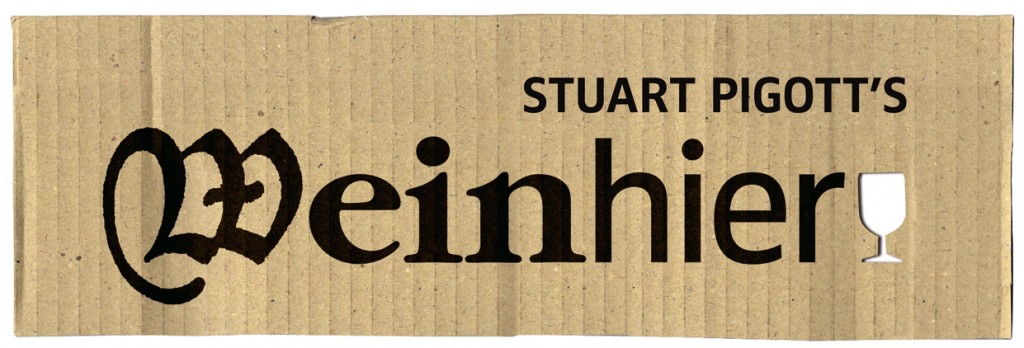
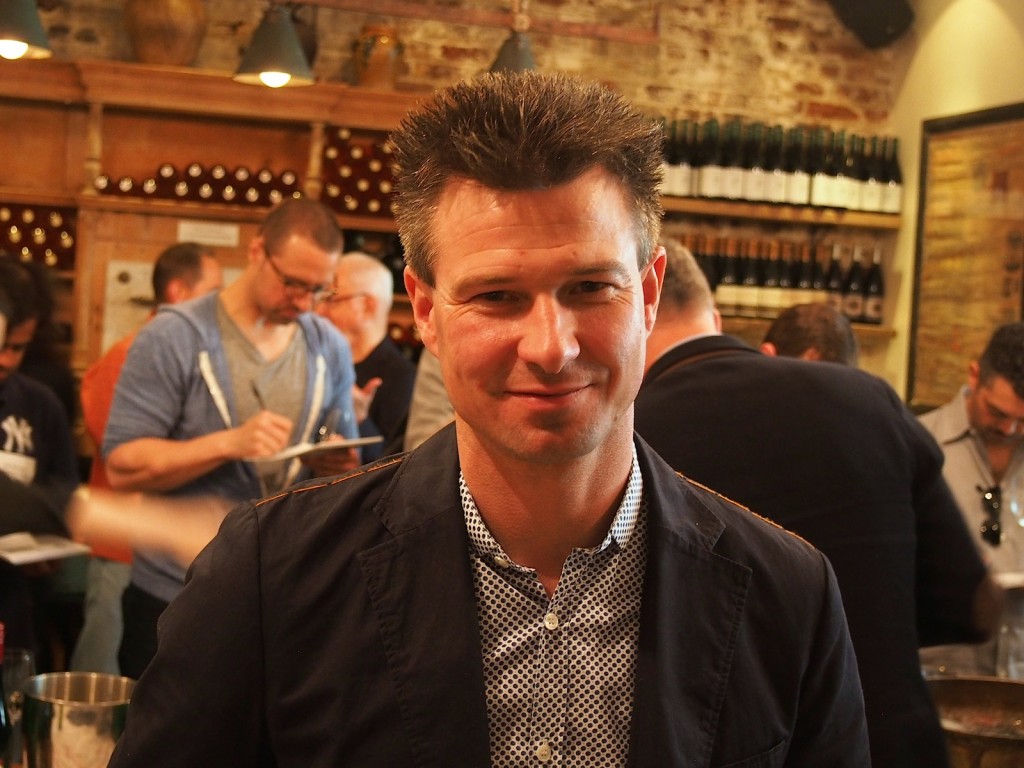
![120114_riesling_global_RZ [1600x1200]](http://www.stuartpigott.de/wp-content/uploads/2015/06/120114_riesling_global_RZ-1600x120011.jpg)
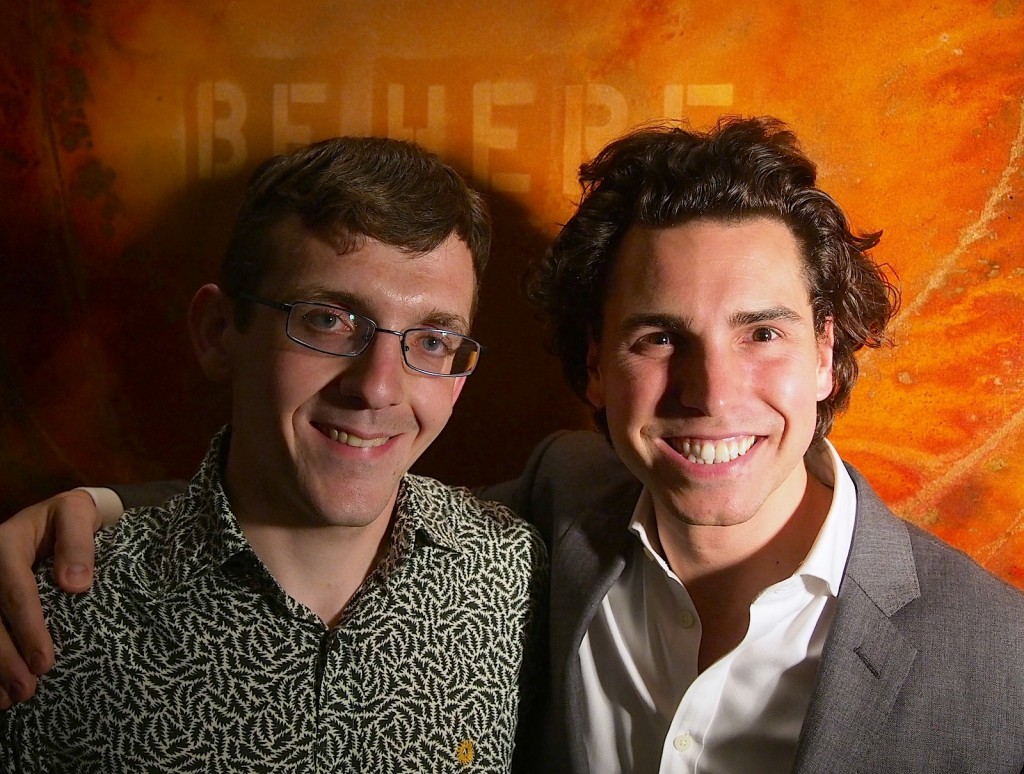
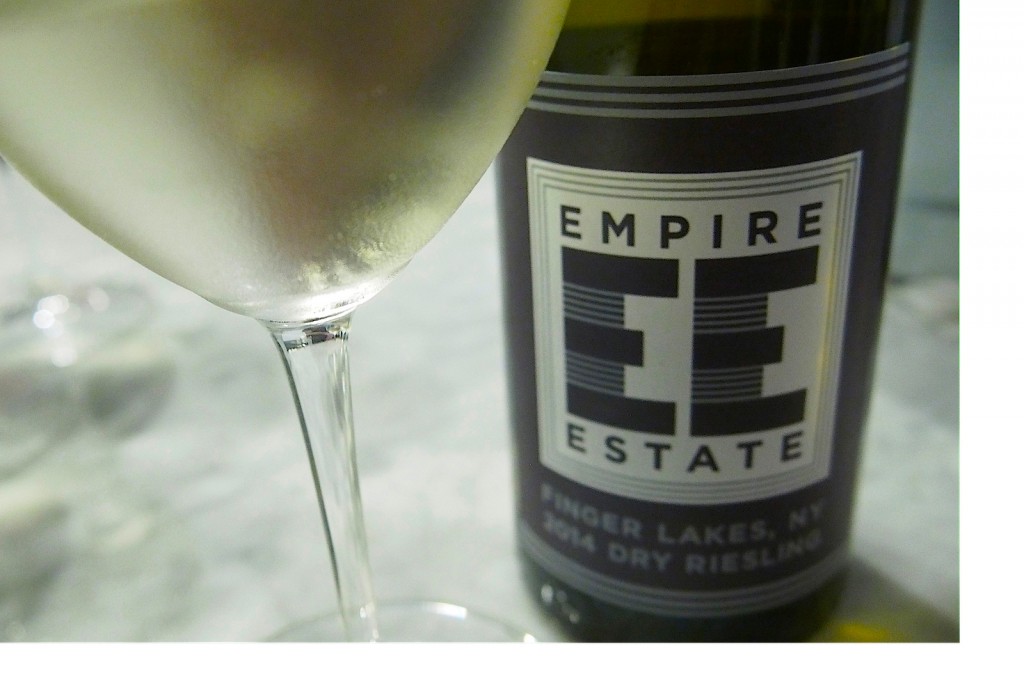
![120114_riesling_global_RZ [1600x1200]](http://www.stuartpigott.de/wp-content/uploads/2015/06/120114_riesling_global_RZ-1600x120010.jpg)
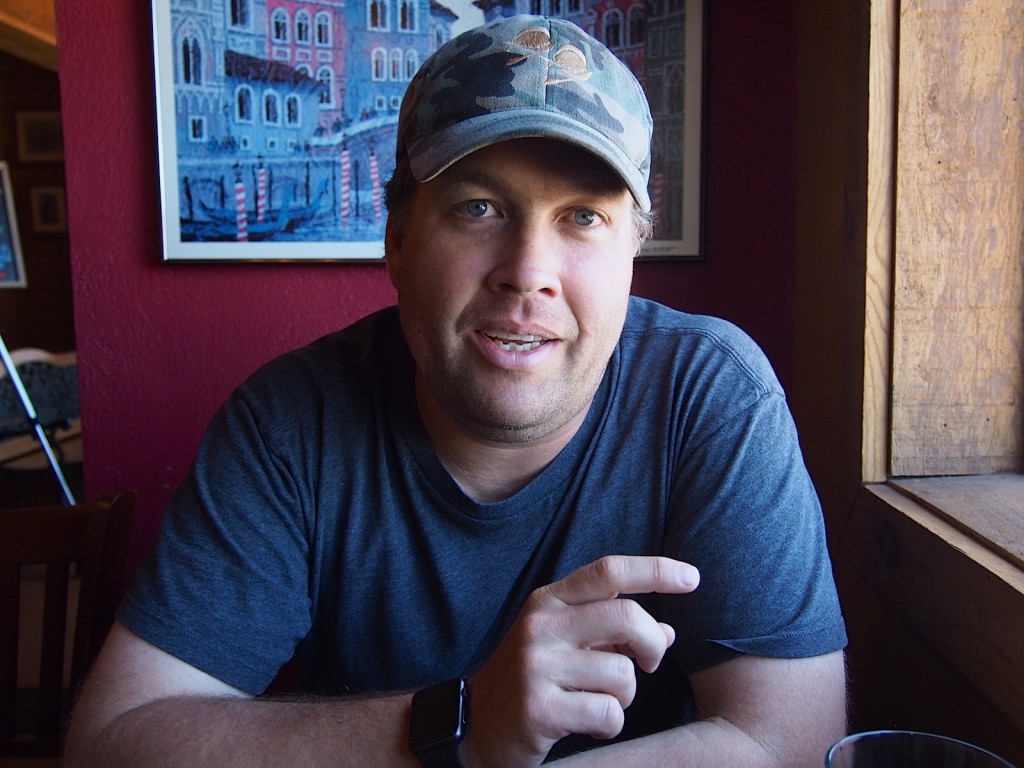
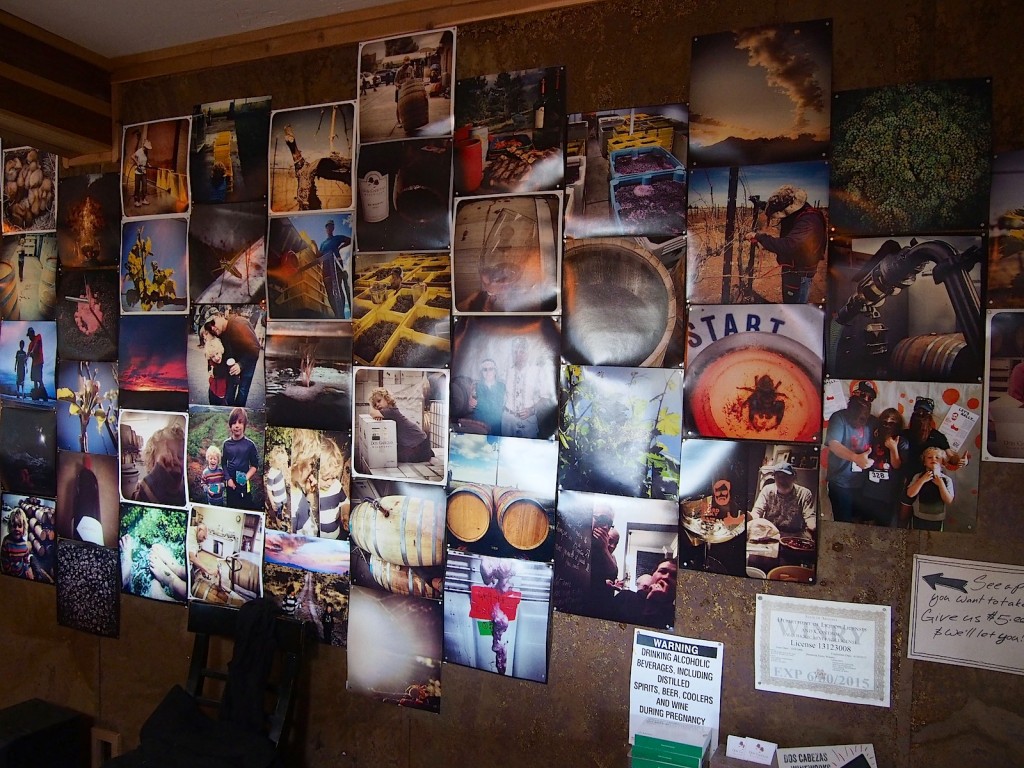
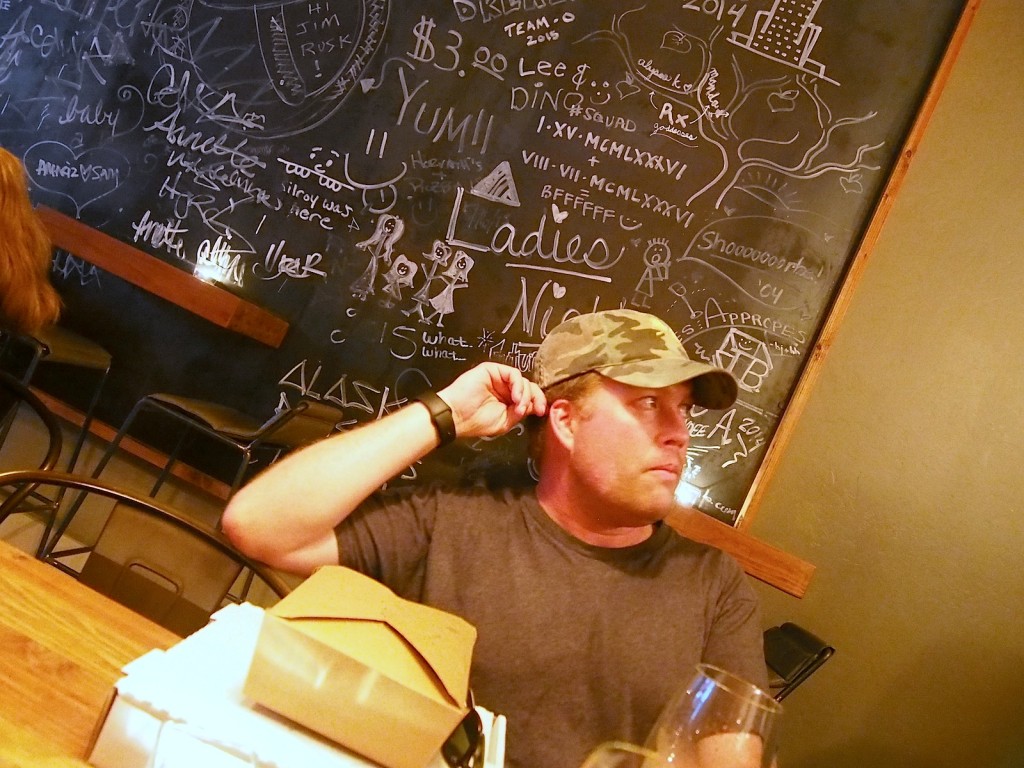
![120114_riesling_global_RZ [1600x1200]](http://www.stuartpigott.de/wp-content/uploads/2015/06/120114_riesling_global_RZ-1600x12009.jpg)
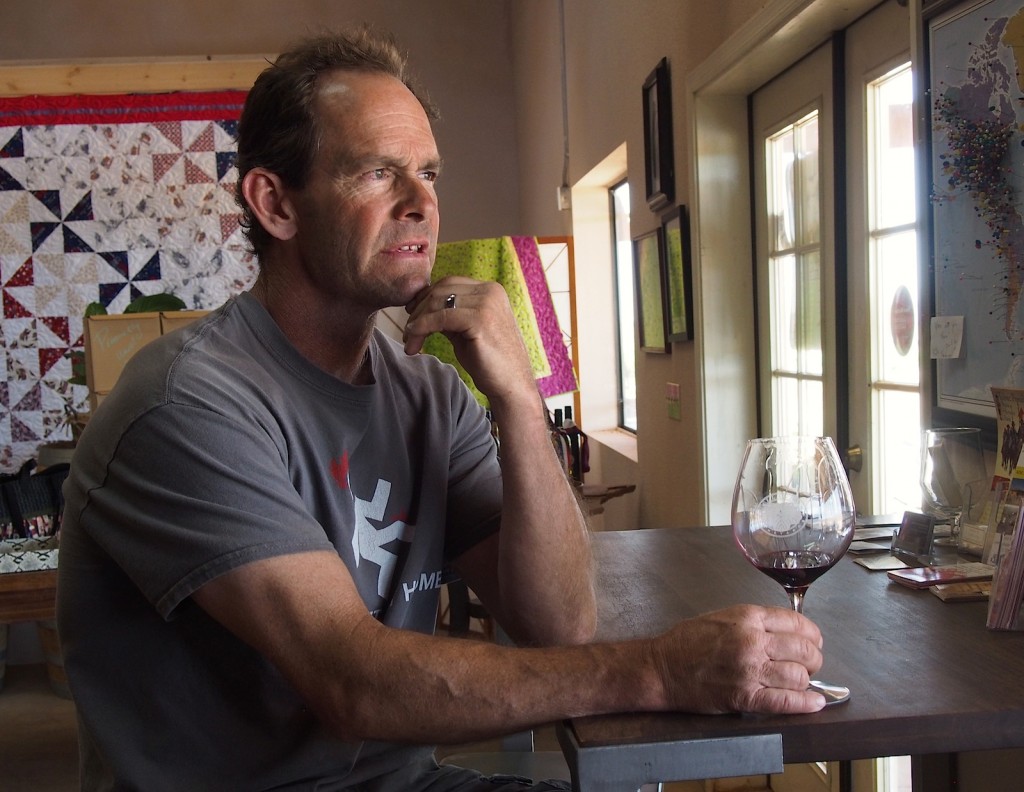
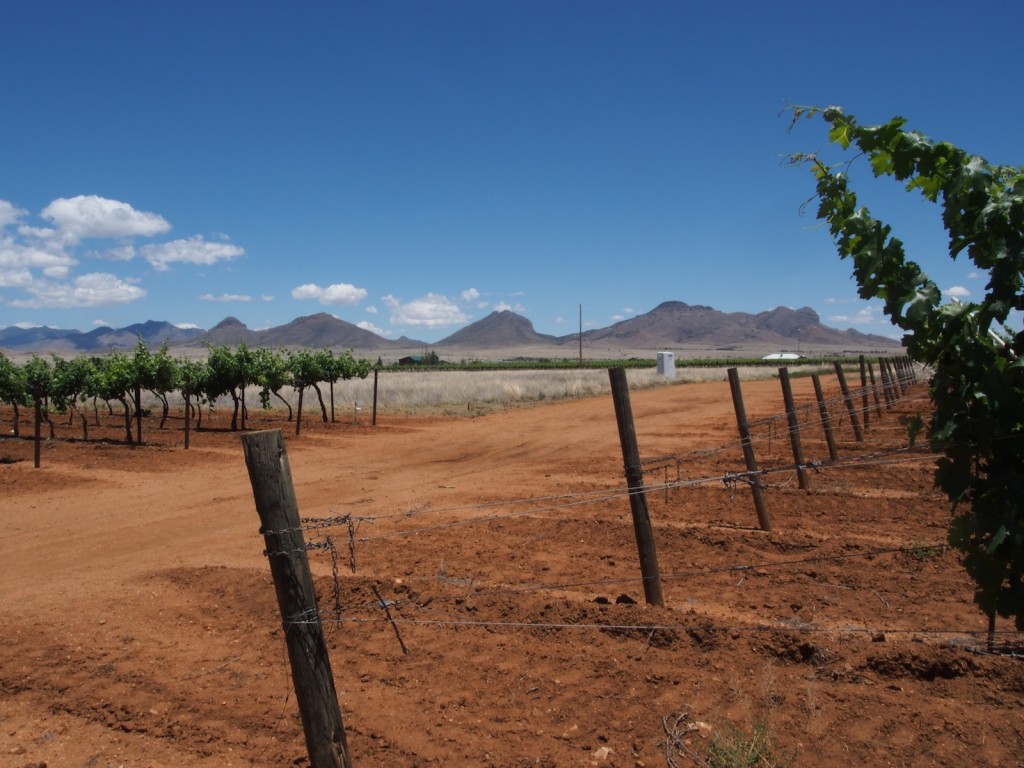

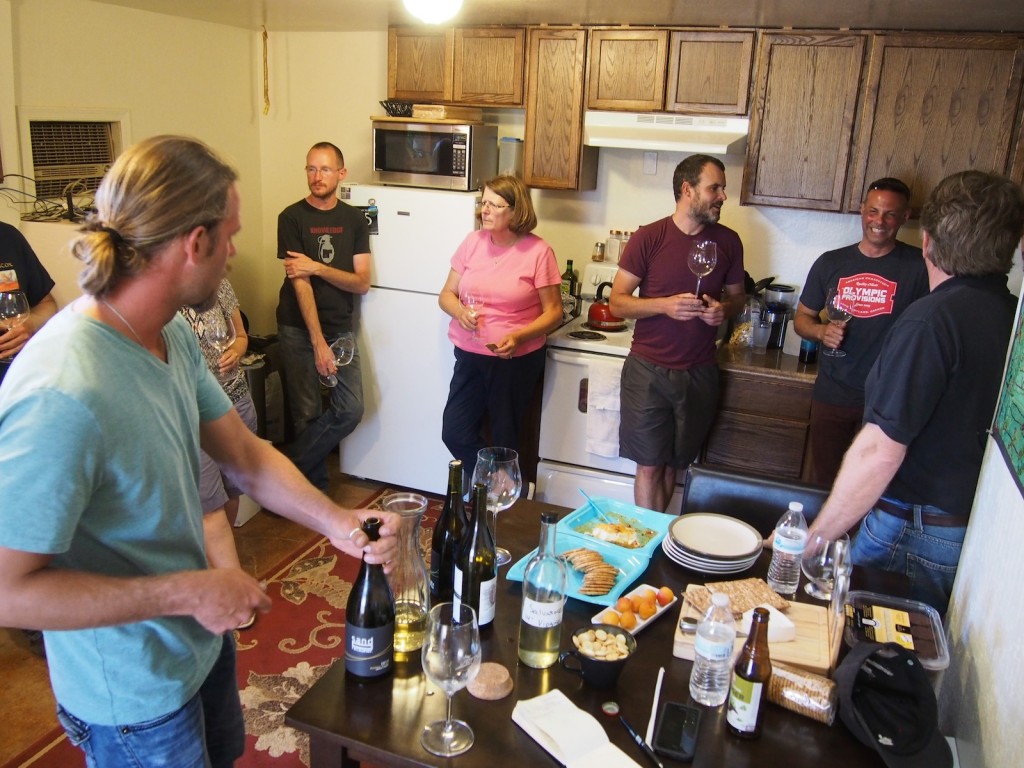
![120114_riesling_global_RZ [1600x1200]](http://www.stuartpigott.de/wp-content/uploads/2015/06/120114_riesling_global_RZ-1600x12008.jpg)
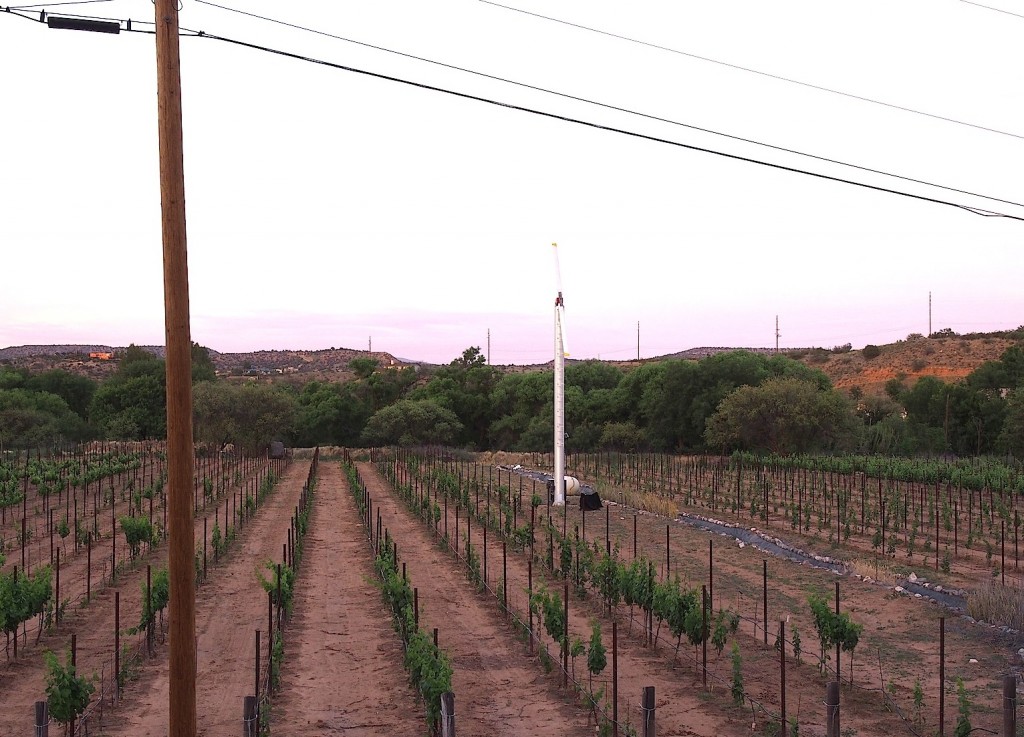
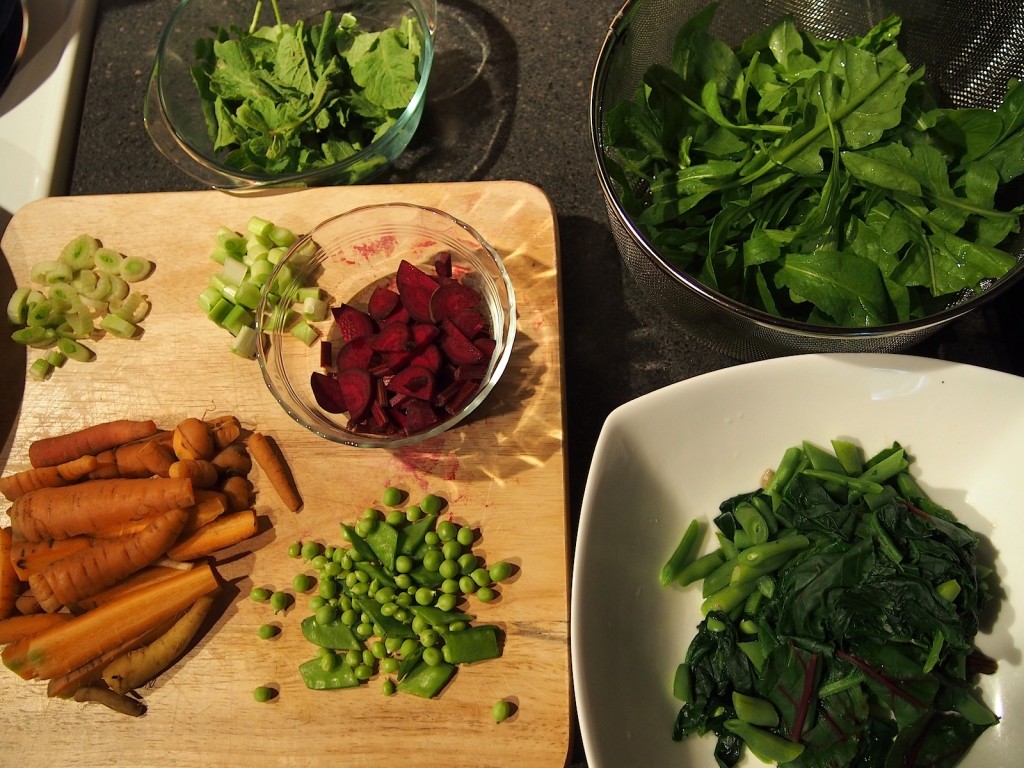
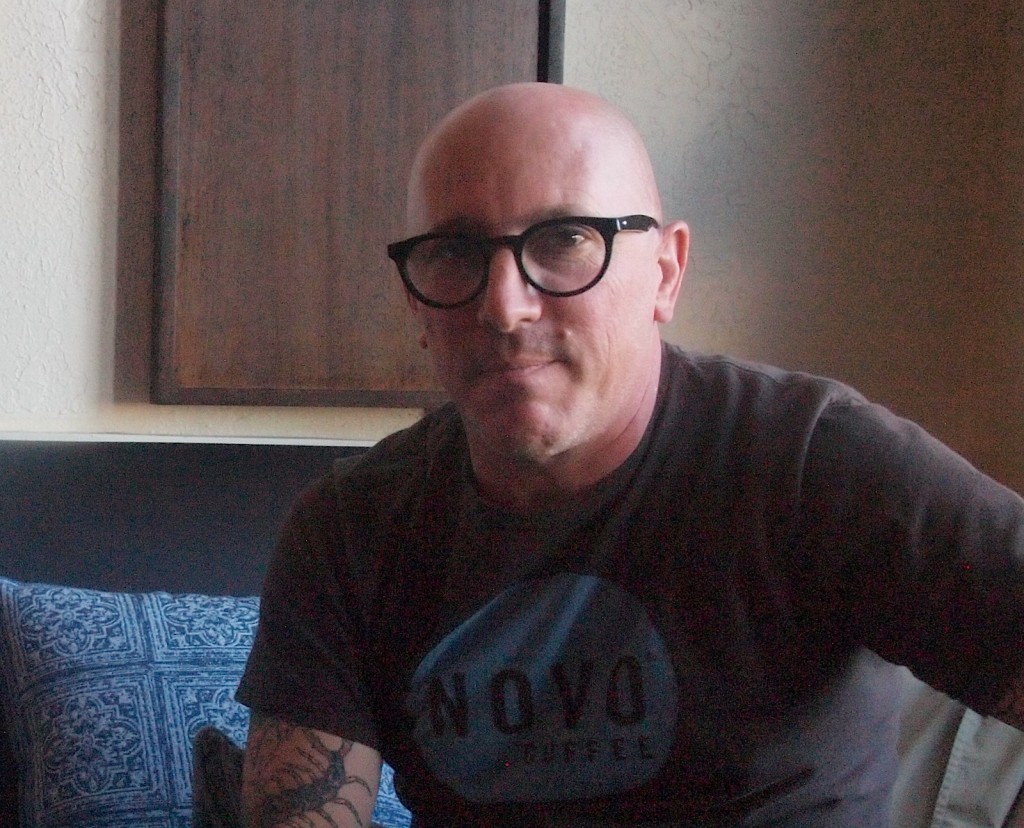
![120114_riesling_global_RZ [1600x1200]](http://www.stuartpigott.de/wp-content/uploads/2015/06/120114_riesling_global_RZ-1600x12006.jpg)
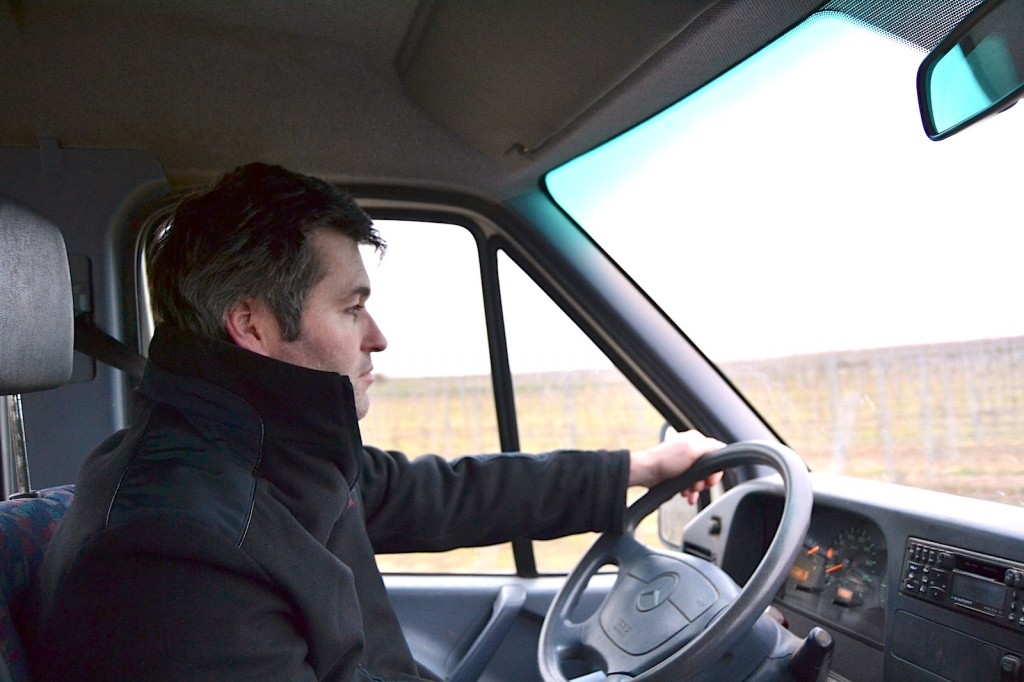
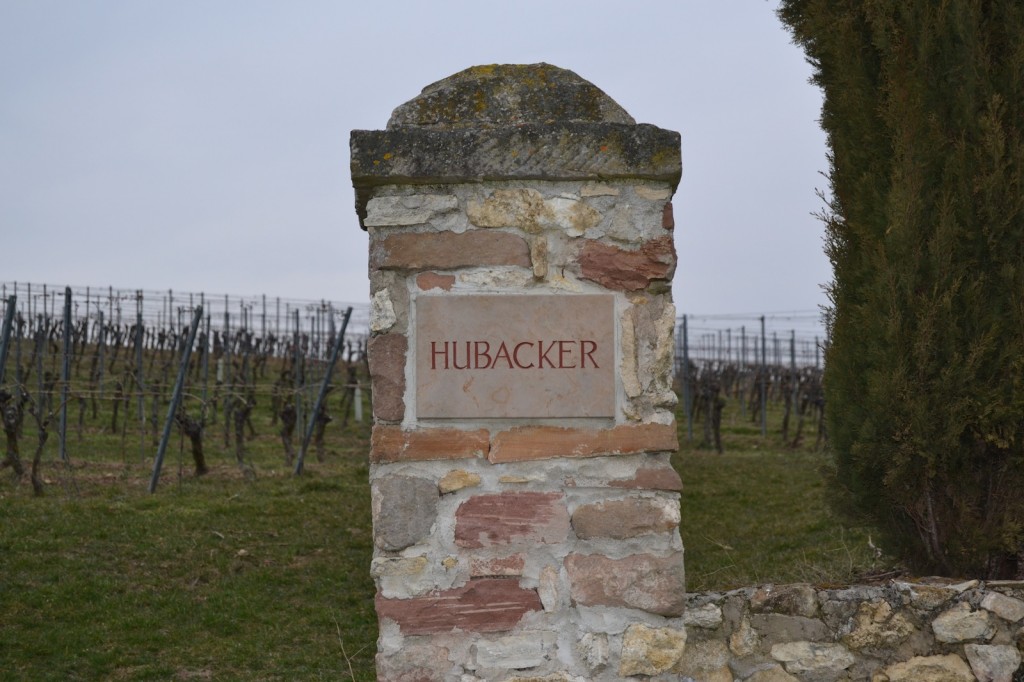
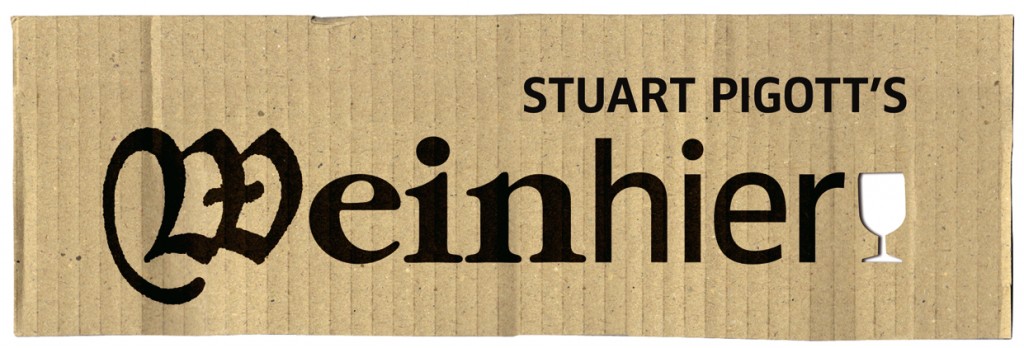
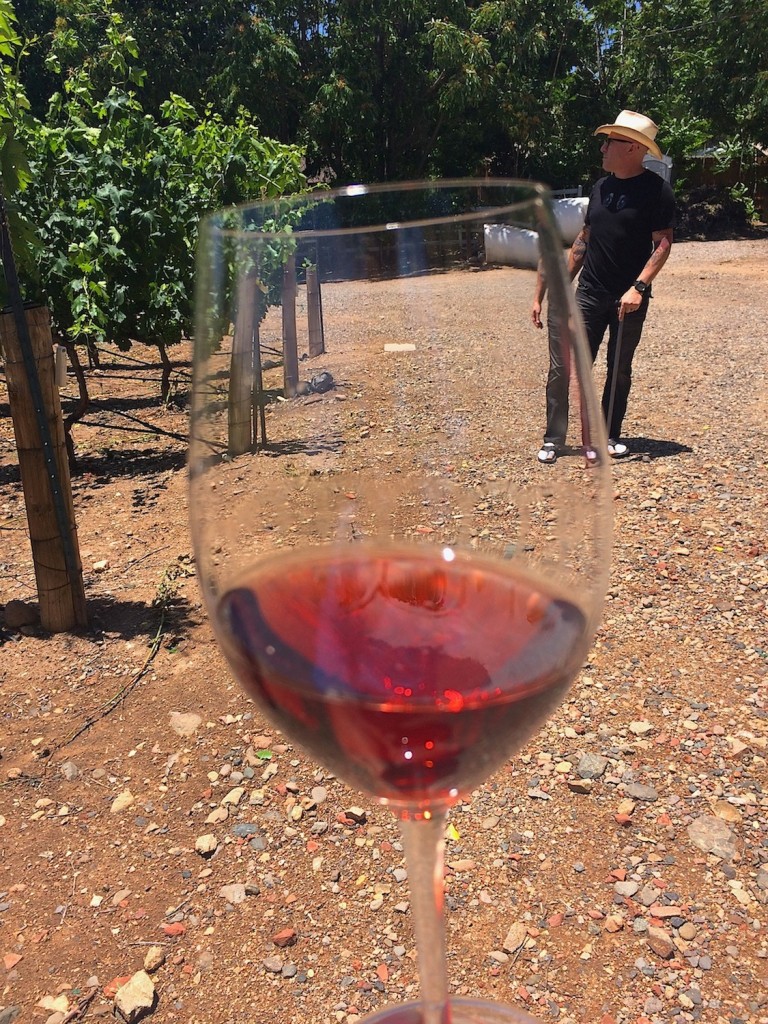
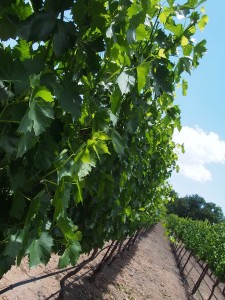
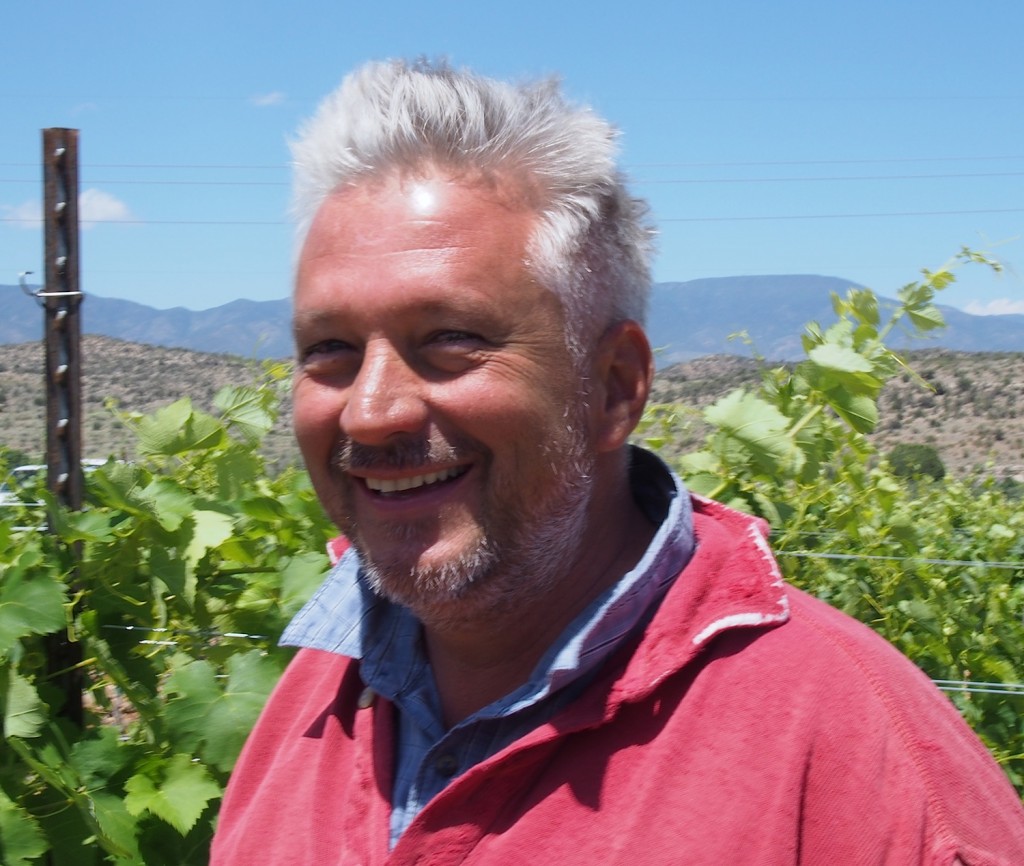
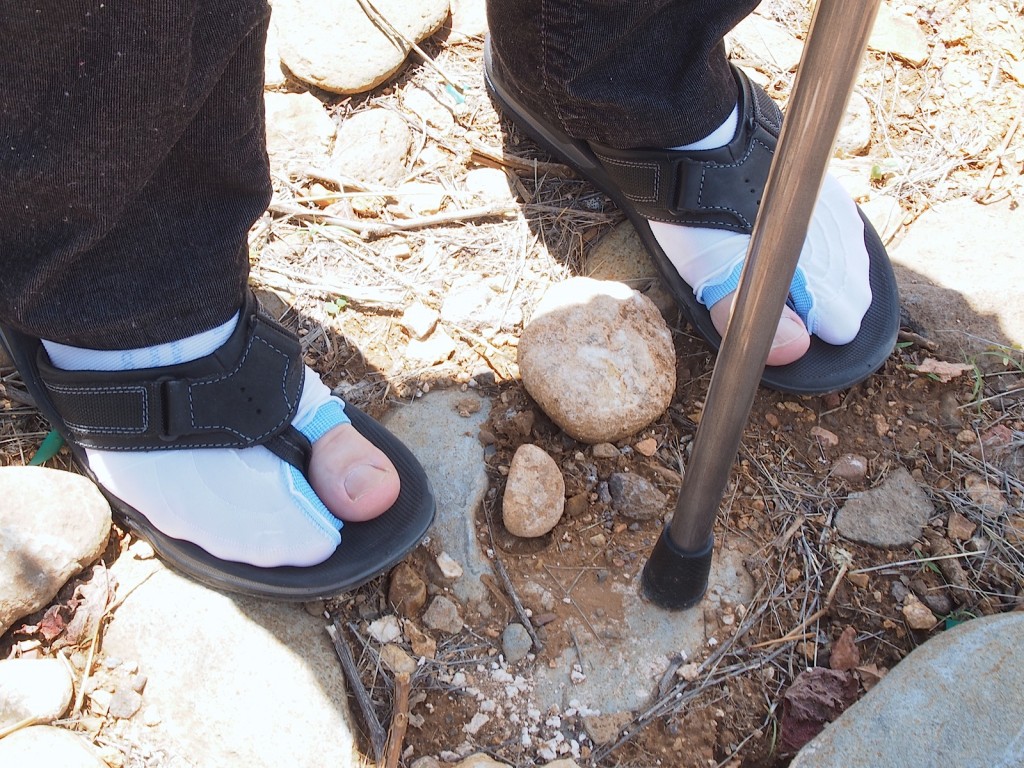
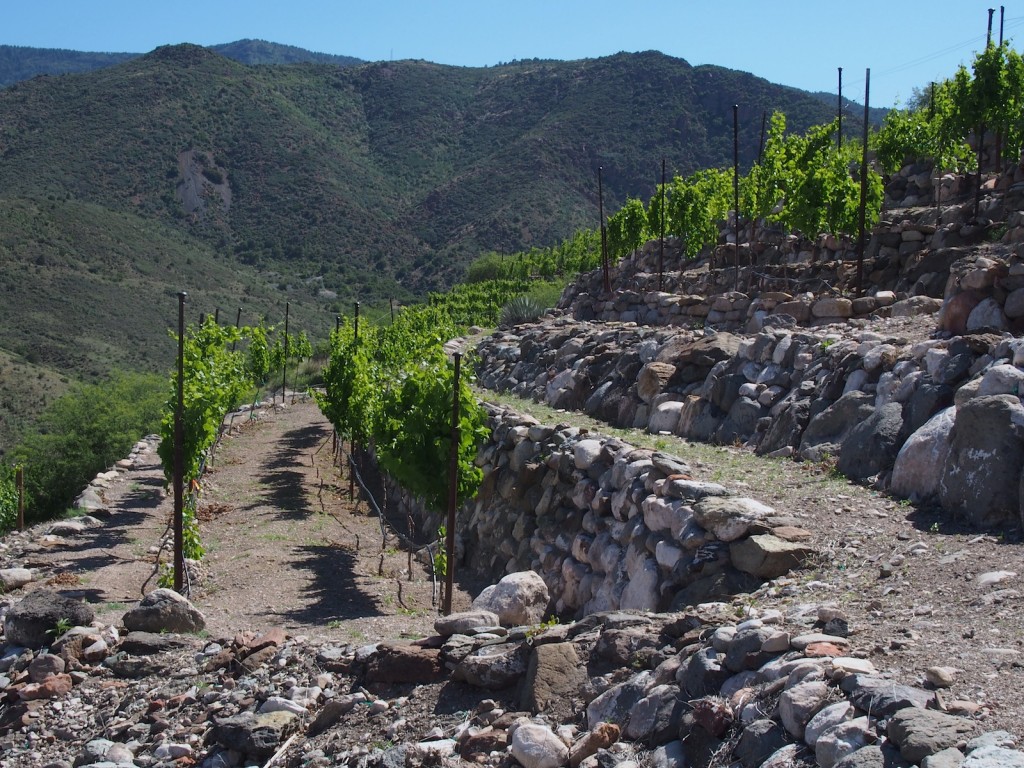
![120114_riesling_global_RZ [1600x1200]](http://www.stuartpigott.de/wp-content/uploads/2015/06/120114_riesling_global_RZ-1600x12005.jpg)
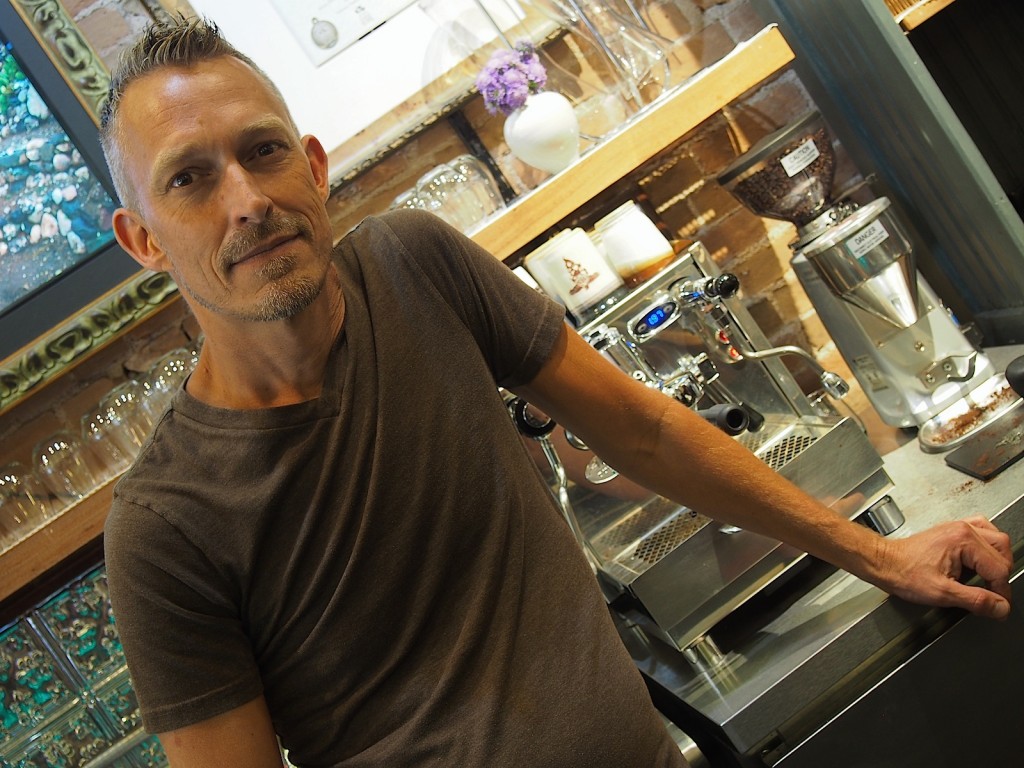
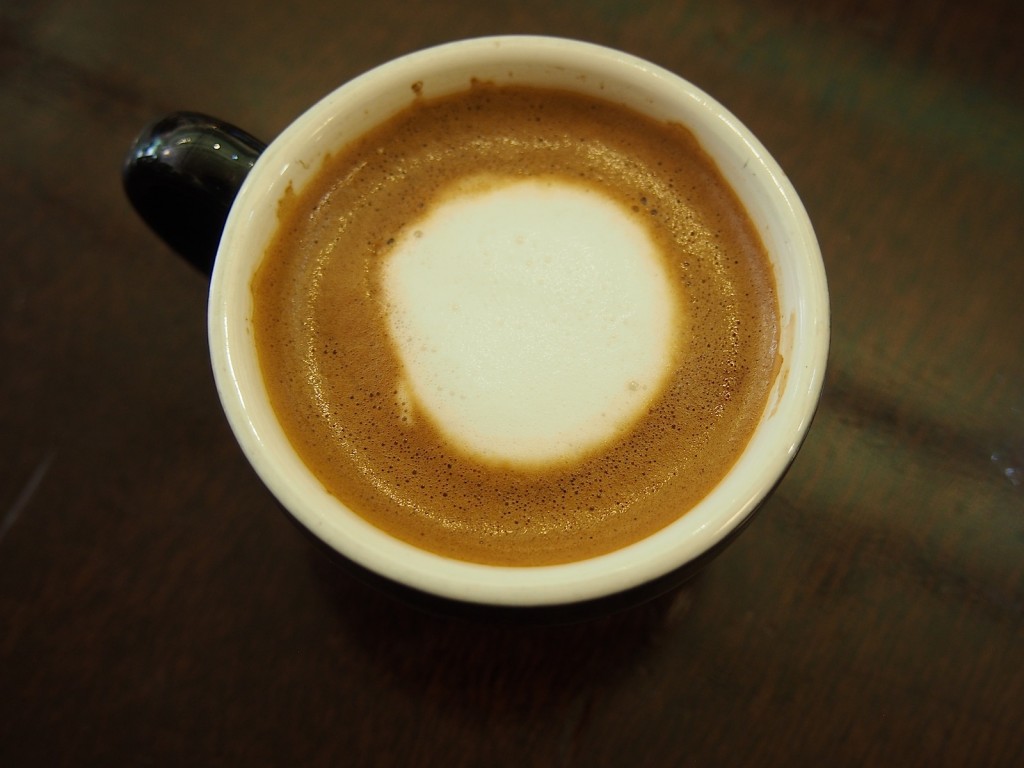
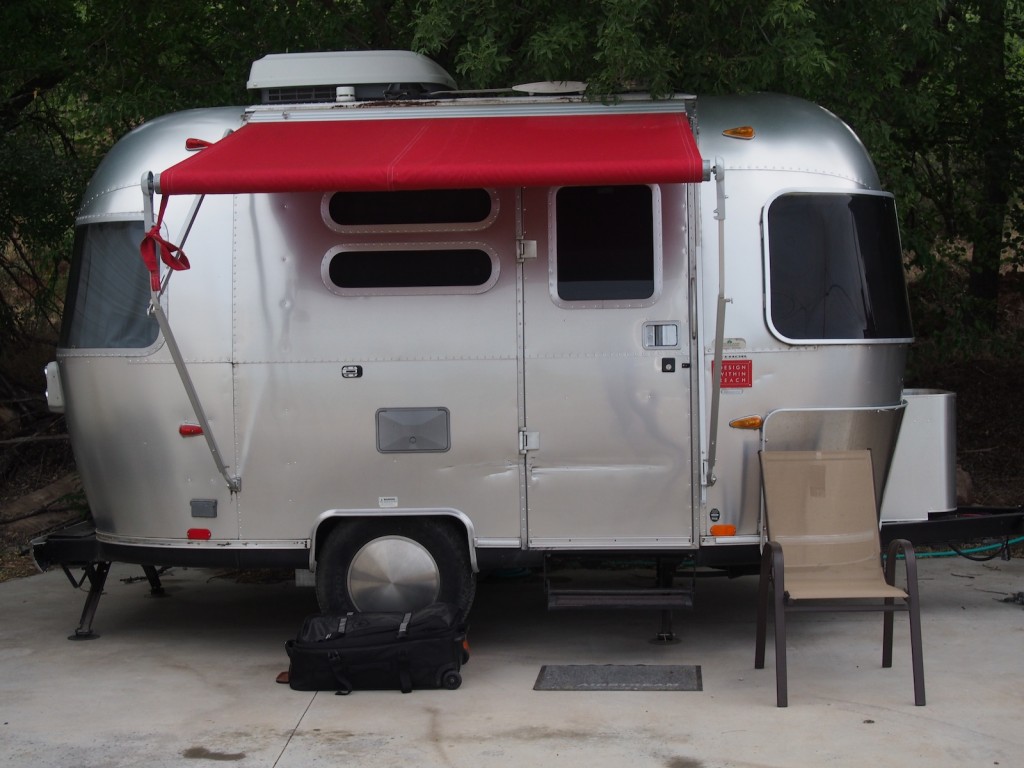
![120114_riesling_global_RZ [1600x1200]](http://www.stuartpigott.de/wp-content/uploads/2015/06/120114_riesling_global_RZ-1600x12003.jpg)
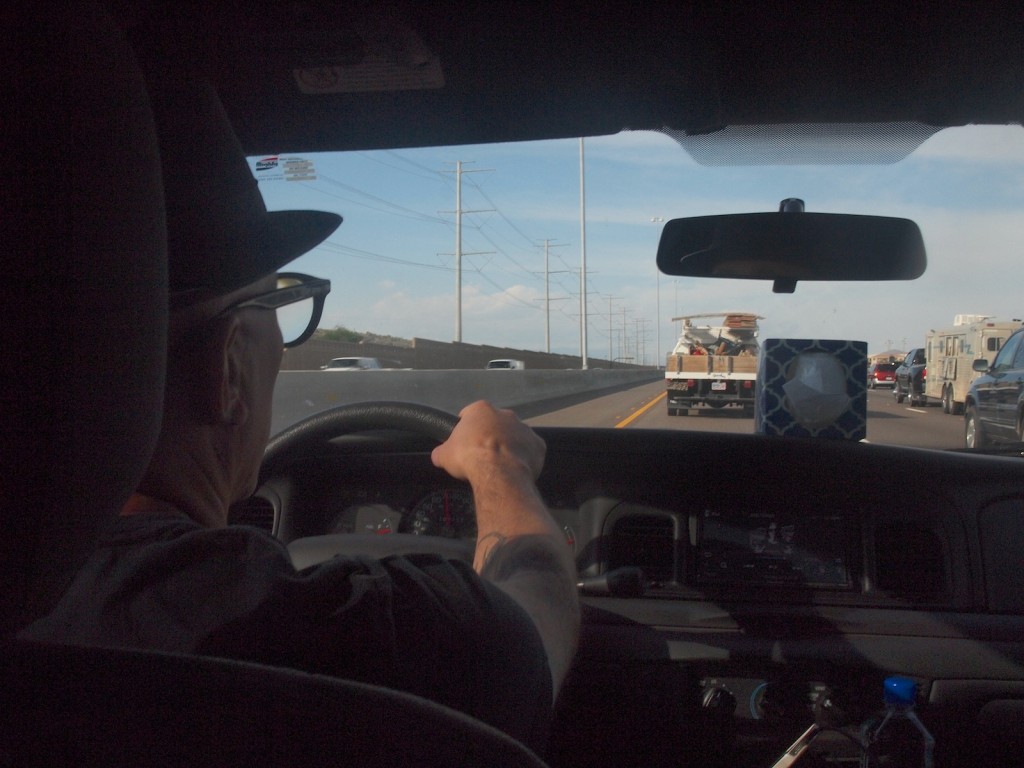
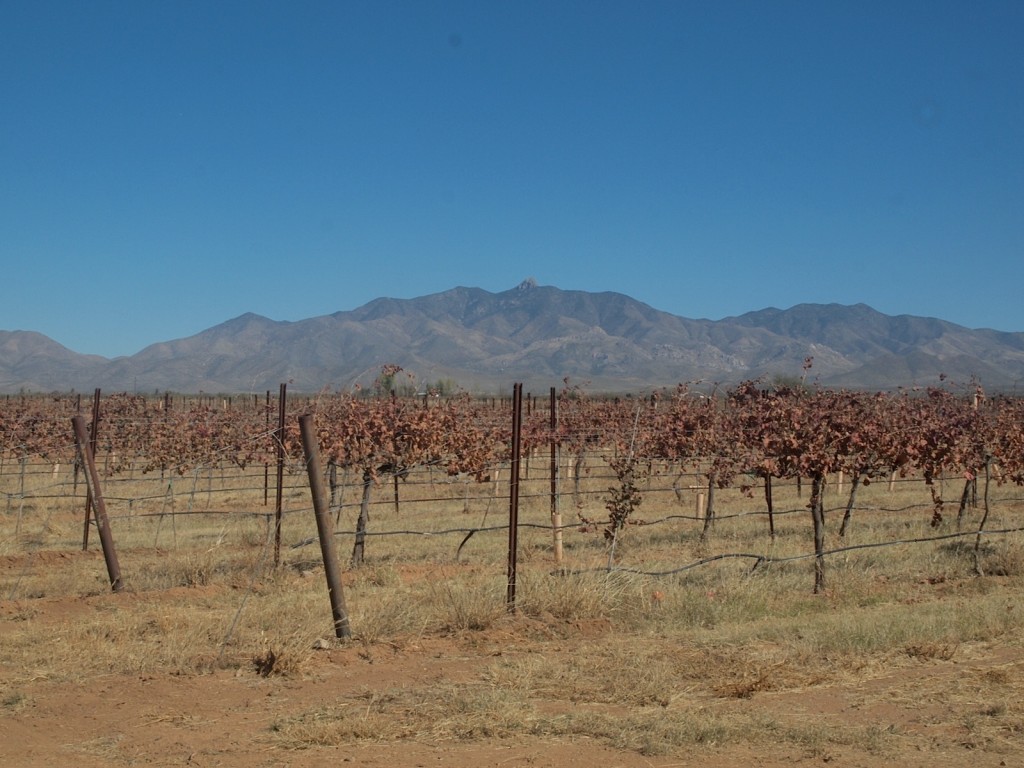
![120114_riesling_global_RZ [1600x1200]](http://www.stuartpigott.de/wp-content/uploads/2015/06/120114_riesling_global_RZ-1600x12002.jpg)